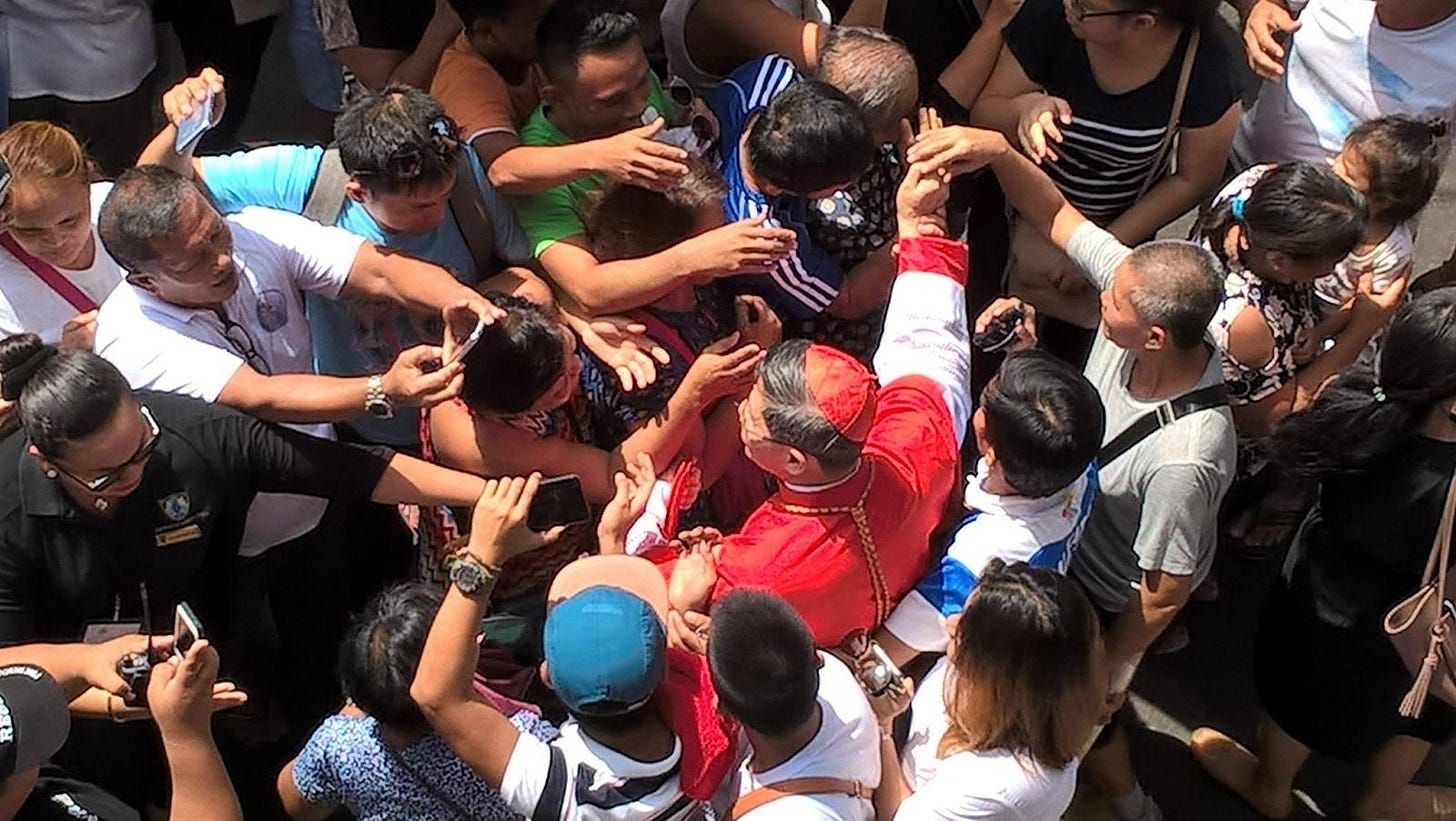How do the Filipino cardinals see the Church’s future?
How past, and future, inform the Philippines' hierarchy
The Catholic Church in the Philippines currently has a record five members of the College of Cardinals.

In the 21st century, five cardinals — Gaudencio Borbon Rosales (appointed 2006), Luis Antonio Tagle (201…
